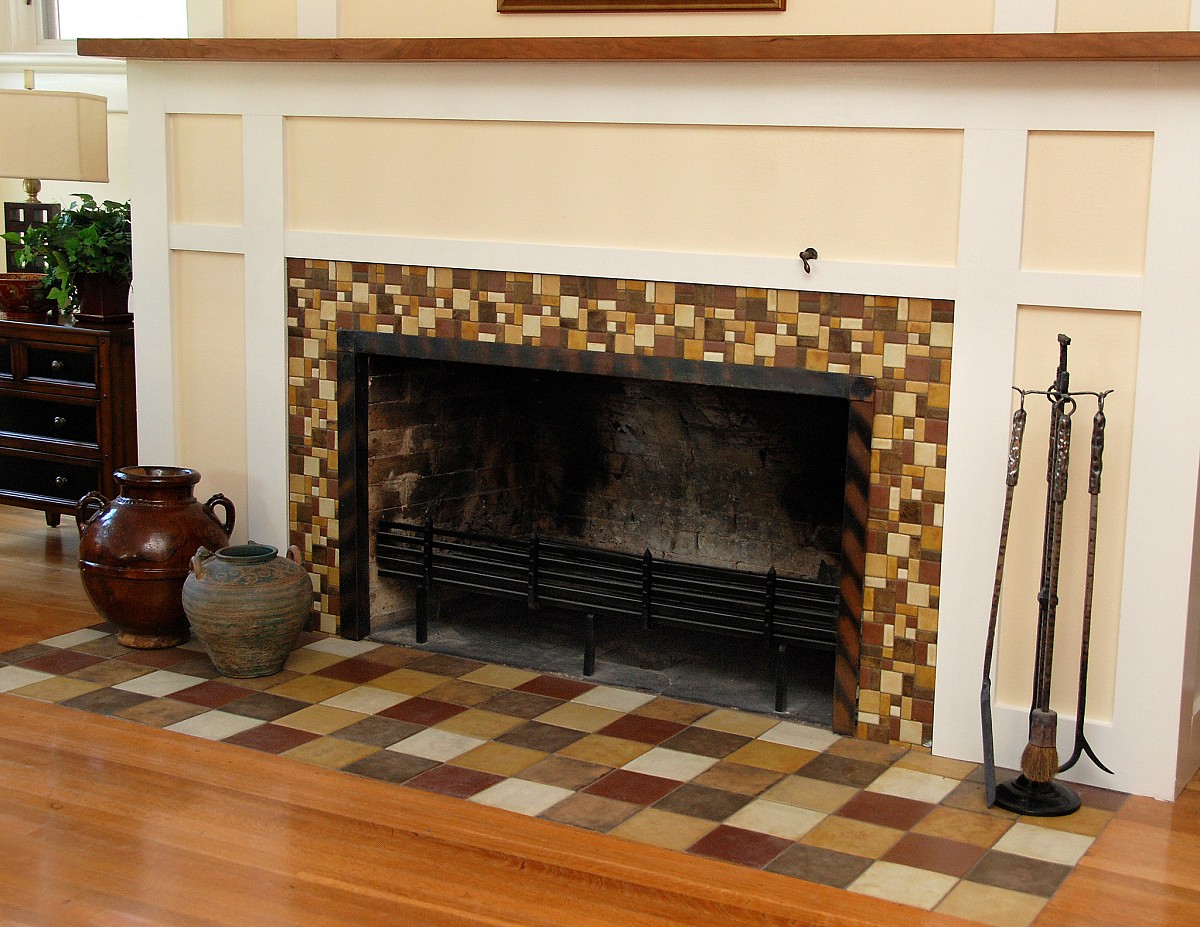Fireplace Smells in the Summer
 The other day I visited a young couple who’d recently bought their first home – a fixer-upper with good bones and an affordable price. They were feeling pretty pleased with their purchase. Until they noticed a smell of burning. Worriedly, they checked the whole house and finally tracked the smoky odor to their living room fireplace, which they’d never used. Funny thing, too – the stench got worse as summertime started. Why on earth would anyone be experiencing fireplace smells in the summer? Find out why, and what can be done to get rid of this stinky problem.
The other day I visited a young couple who’d recently bought their first home – a fixer-upper with good bones and an affordable price. They were feeling pretty pleased with their purchase. Until they noticed a smell of burning. Worriedly, they checked the whole house and finally tracked the smoky odor to their living room fireplace, which they’d never used. Funny thing, too – the stench got worse as summertime started. Why on earth would anyone be experiencing fireplace smells in the summer? Find out why, and what can be done to get rid of this stinky problem.
Why Your Fireplace Smells in the Summer
When wood is burned in the fireplace, deposits of a natural by-product called creosote are left inside your chimney. These creosote deposits have a smoky scent, which grows especially strong with heavy summer rains, winds, humid air, and frequent air conditioner use.
Get Rid of Fireplace Odors: Clean and Deodorize
- Have your chimney professionally cleaned. According to the National Fire Protection Association, if you use your fireplace regularly, your chimney should be professionally inspected for damage and deposits once a year, and cleaned if the inspector deems it necessary. Excessive creosote buildup can lead to a chimney fire.
- Clean the fireplace itself. You don't have to remove ashes after every fire, but do shovel them out (or remove with a purpose-built ash vacuum) at the end of the season. SAFETY TIPS: Wait at least 12-24 hours after your last fire and make sure the ash is completely cold before handling it. Place in a non-flammable container, such as a metal trash can or ceramic pot. Wear a disposable breathing mask to avoid inhaling particles.
- Deodorize. Vinegar is excellent for removing a smoky smell, whether from cigarettes or fireplace residue. Spray the inside of the fireplace with a 1:1 blend of vinegar and water. For extra protection, set a few open bowls of vinegar around the room to freshen the atmosphere. Alternatively, place a bucket of charcoal or kitty litter in the fireplace to absorb the odor. Commercial fireplace deodorizers are also available.
- Light some candles. High outdoor air pressure tends to force the creosote aroma down into your (lower pressure) living space, in a phenomenon called downdraft. Lighting a few tealights in the fireplace will counter the effects of the downdraft, pushing the smelly air back outside.
Seal the Fireplace Temporarily
- Close the flue (AKA the damper). This should be done whenever you are not actively using the fireplace, both to reduce odors and to keep cooled – or heated, in winter – air inside your home. Make sure that damper has a tight seal and is top-mounted, with a chain to control its opening and closing.
- Insert a draft stopper. Try an inflatable chimney balloon or fireplace plug, or their low-rent cousin – a large trash bag filled with insulation. Once again, this simple measure helps to avoid energy loss and cuts your utility bills. Do remember to take the stopper out before lighting a fire next fall.
- Put a cap on the chimney to keep out precipitation. A fringe benefit of this move is that it will stop birds and other creatures from turning your chimney into their nesting spot … and possibly their final resting place.
- Purchase fireplace doors. Unlike a screen, which is metal mesh or scrollwork designed to keep burning embers from tumbling onto your floor, a more solid door, usually made of glass, should be used to close up your fireplace for the summer months.
Seal the Fireplace Permanently
- Seal the fireplace opening with bricks. The mantel and fireplace surround can be left in place as a decorative feature. A vase of fresh flowers or an intriguing object such as an oversized seashell will add interest to the space.
- Close up the entire fireplace. Hire a contractor to enclose your fireplace completely with drywall or concrete, if you are absolutely sure you'll never want to use it in future.
Laura Firszt writes for networx.com.
Looking for a Pro? Call us (866) 441-6648

Average Costs
Related Experiences

Paving My Driveway Was An Easy And Pleasant Experience

We Finally Extended Our Concrete Patio And Our Yard Looks Amazing



